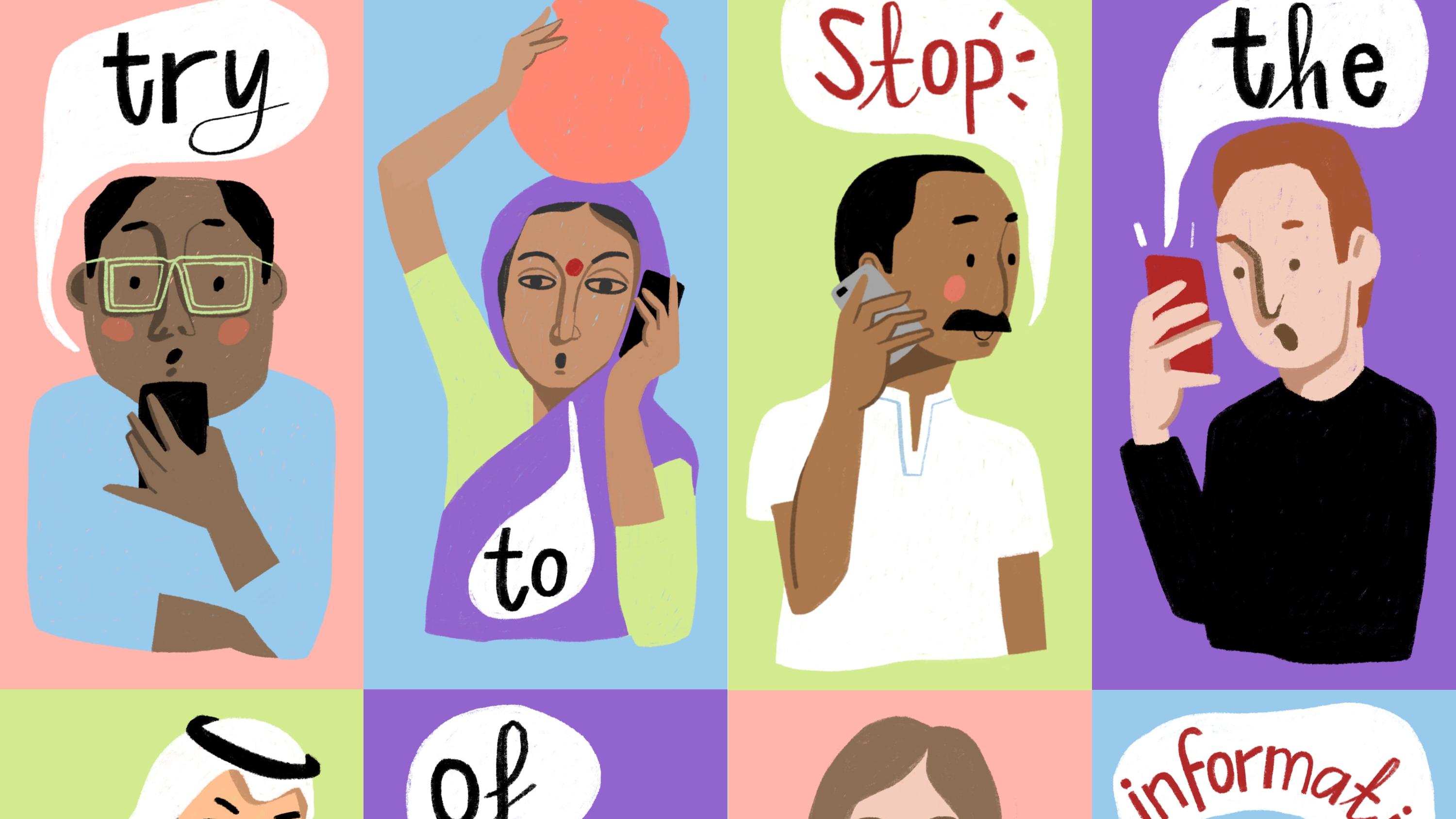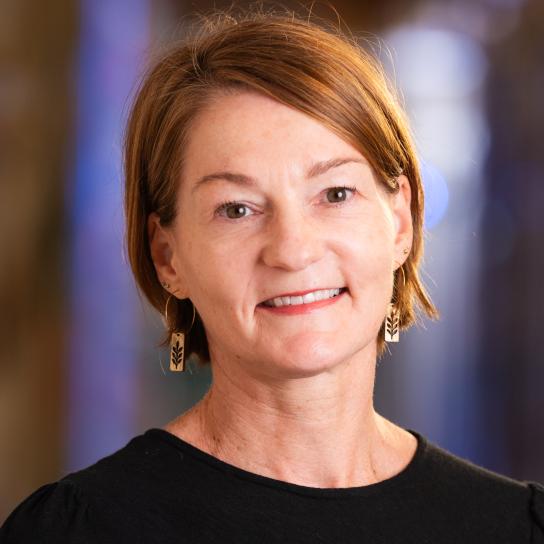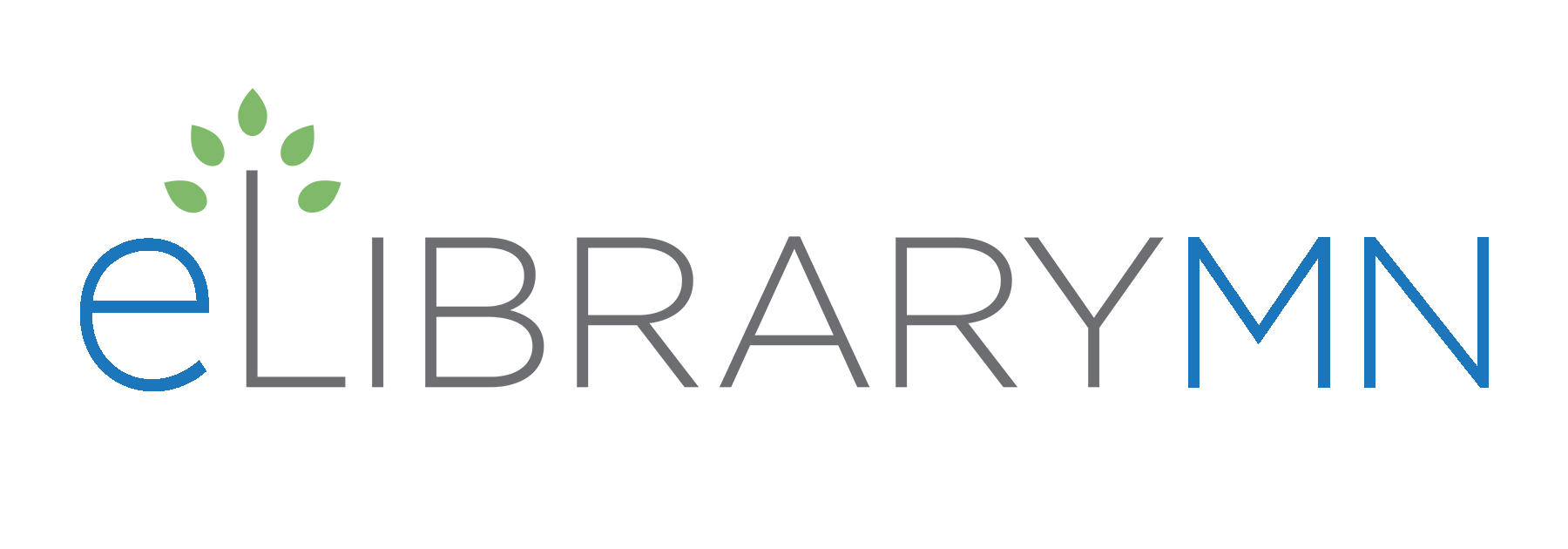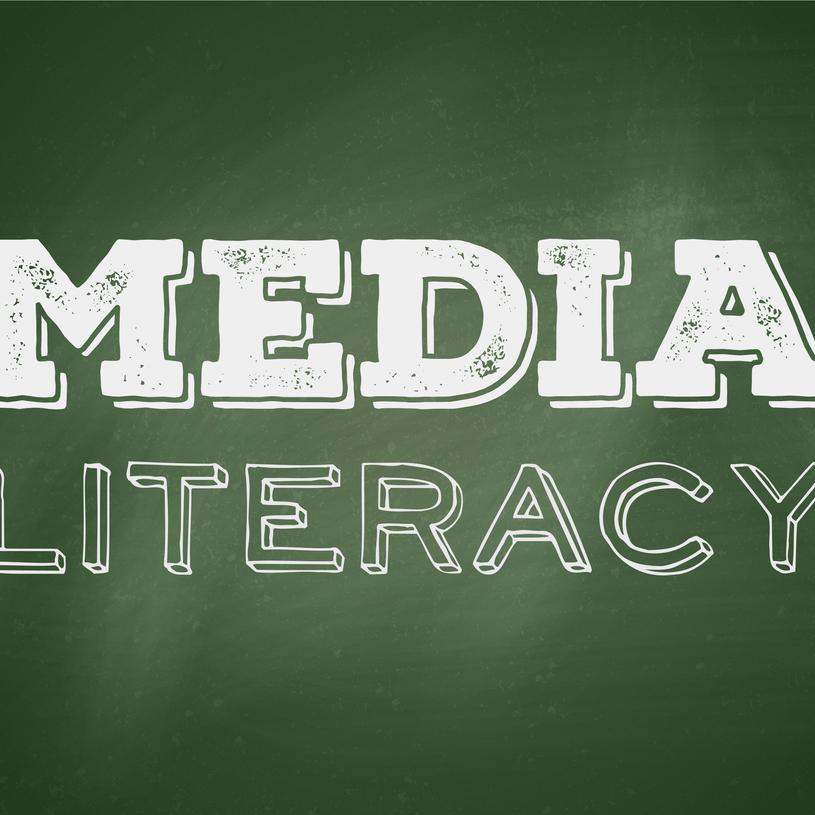by Beth Staats
Quick Summary
Lately, I've been attending a series of webinars on Information Literacy and the most recent was Media Literacy for Adults: Misinformation and Disinformation, presented by Nicole Cook, Associate Professor at the University of South Carolina. Her research and teaching interests include human information behavior (particularly in an online context) and she has published Fake News and Alternative Facts: Information Literacy in a Post-Truth Era, which some of you may have read.

Lately, I've been attending a series of webinars on Information Literacy and the most recent was Media Literacy for Adults: Misinformation and Disinformation, presented by Nicole Cook, Associate Professor at the University of South Carolina. Her research and teaching interests include human information behavior (particularly in an online context) and she has published Fake News and Alternative Facts: Information Literacy in a Post-Truth Era, which some of you may have read.
As of late, many people, including library patrons, have been reacting from their guts instead of their heads. As information professionals, Nicole stressed that we need to give people tools and strategies to use in order to keep an open mind, and this applies to us as well, as librarians and educators. She stressed that we need to move away from using the phrase "fake news" because it's politicized, polarizing, and a way to really shut down a conversation. She suggests we start using the terms misinformation and disinformation rather than fake news. "Fake news" is inadequate to capture the complex problem of disinformation. It is also misleading because it has been appropriated by people who use the term to dismiss coverage that they find disagreeable.
So what is the difference between misinformation, disinformation, and malinformation? Don't we want to be sure that when we're using these terms, we're using them correctly? Here are some definitions from First Draft:
Misinformation: Unintentional mistakes such as innacturate photo captions, dates, statistics, translations, or when satire is taken seriously.
Disinformation: Fabricated or deliberately manipulated audio/visual content. Intentionally created conspiracy theories or rumors.
Malinformation: Deliberate publication of private information for personal or corporate rather than public interest, such as revenge porn. Deliberate change of context, date or time of genuine content.
As you move through these three definitions you go from falseness to an intent to harm.
Nicole also brought up some information, that as librarians, we may have known all along. She summed it up by saying, "everything old is new again." This harkens back to evaluating sources. Check the source, look for an about page. What are the authors' credentials? Are there citations? Triangulate, verify, and fact check. Can you find the same information in more than one place?
If you're interested in pursuing these topics of Media Literacy, Misinformation, and Disinformation further, here are some places I recommend:


